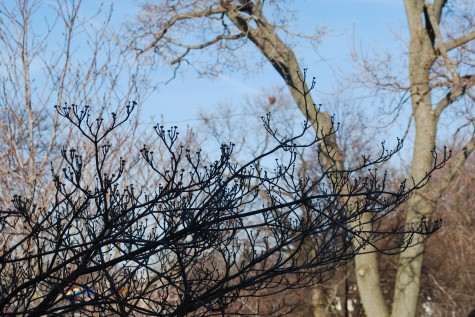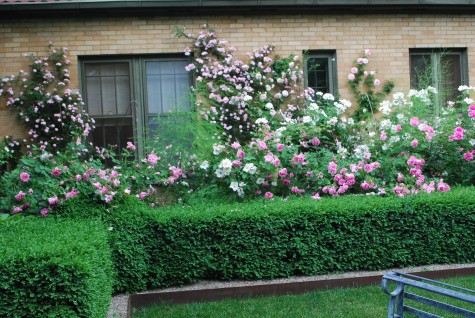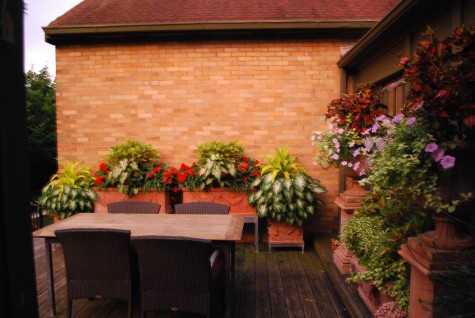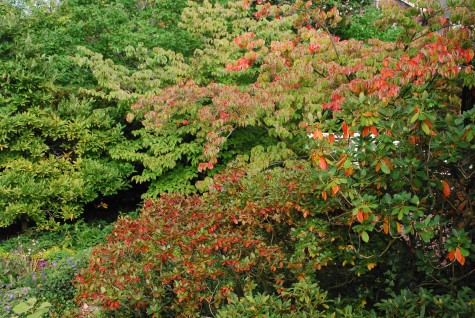 I may not know all of their names, but I recognize their faces. Those people for whom the world turns on an axis determined by a garden, a landscape, or a property – firmly entrenched at the center of their universe. That landscape may be a dream, or a work in progress. It is most assuredly a life’s work. That landscape is visionary, and very personal. I would not call it a hobby, or even an avocation. I would call it a passion for nature that runs deep, and most of all, wide. That emotional landscape is the foundation upon which all else in life rests. Their interests are varied. Some collect seed. Some collect heirloom vegetables. Some collect memories of nature. Some dig, and find the smell of soil the most intoxicating perfume they have ever had the pleasure to experience. That experience of the garden is constellation wide. There is the smell of grass, the sounds of the birds, the sight of the first clump of crocus coming into bloom. Some click with and collect a specific plant. Some take great pains to prepare seed beds for a favorite species. Some see themselves as stewards. Some are all of the above, and more.
I may not know all of their names, but I recognize their faces. Those people for whom the world turns on an axis determined by a garden, a landscape, or a property – firmly entrenched at the center of their universe. That landscape may be a dream, or a work in progress. It is most assuredly a life’s work. That landscape is visionary, and very personal. I would not call it a hobby, or even an avocation. I would call it a passion for nature that runs deep, and most of all, wide. That emotional landscape is the foundation upon which all else in life rests. Their interests are varied. Some collect seed. Some collect heirloom vegetables. Some collect memories of nature. Some dig, and find the smell of soil the most intoxicating perfume they have ever had the pleasure to experience. That experience of the garden is constellation wide. There is the smell of grass, the sounds of the birds, the sight of the first clump of crocus coming into bloom. Some click with and collect a specific plant. Some take great pains to prepare seed beds for a favorite species. Some see themselves as stewards. Some are all of the above, and more.
 These two have been clients of Detroit Garden Works for many years. Most recently they bought the house and property next door to them. For the property, not the house. The second half of a bowl shaped parcel of land defining their landscape was part of an adjacent property. They chose to purchase that property which would make their landscape whole. The reuniting of the two pieces of land-the act of a collector.
These two have been clients of Detroit Garden Works for many years. Most recently they bought the house and property next door to them. For the property, not the house. The second half of a bowl shaped parcel of land defining their landscape was part of an adjacent property. They chose to purchase that property which would make their landscape whole. The reuniting of the two pieces of land-the act of a collector.
 They came to Detroit Garden Works today, and left with 2 full flats of hellebores. The discussion about which varieties would be appropriate for their garden was lengthy, and interesting. I so admire that the two of them see themselves as stewards of a large property. The lengths to which they go to look after it, and develop the landscape is astonishing. Their garden making is not a project. It is a way of life.
They came to Detroit Garden Works today, and left with 2 full flats of hellebores. The discussion about which varieties would be appropriate for their garden was lengthy, and interesting. I so admire that the two of them see themselves as stewards of a large property. The lengths to which they go to look after it, and develop the landscape is astonishing. Their garden making is not a project. It is a way of life.
 A smile upon the face of a collector is music to my eyes. This is not about commerce – this is about a world view. A world view that I recognize and admire. They have differing points of view about lots of issues. The one hates looking at weeds. The other hates pulling weeds. Somehow they work it out. It is obvious they have a long standing and serious romance with their garden that sustains the both of them.
A smile upon the face of a collector is music to my eyes. This is not about commerce – this is about a world view. A world view that I recognize and admire. They have differing points of view about lots of issues. The one hates looking at weeds. The other hates pulling weeds. Somehow they work it out. It is obvious they have a long standing and serious romance with their garden that sustains the both of them.
 The two of them weighed down with a collection of hellebores did my heart good. It is a sure sign that great plants have a strong and committed audience.
The two of them weighed down with a collection of hellebores did my heart good. It is a sure sign that great plants have a strong and committed audience.
 They collect earth, nature, garden, shade plants, landscape, hellebores -they grow vegetables and trees. They grow it all, in their own style. They enable us to thrive. Rob and I treasure them. Plain and simple, they are family. This is the best part of our hellebore festival. It brings out the collectors.
They collect earth, nature, garden, shade plants, landscape, hellebores -they grow vegetables and trees. They grow it all, in their own style. They enable us to thrive. Rob and I treasure them. Plain and simple, they are family. This is the best part of our hellebore festival. It brings out the collectors.
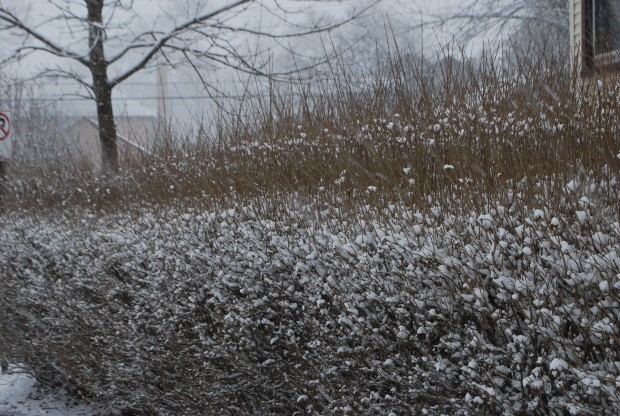



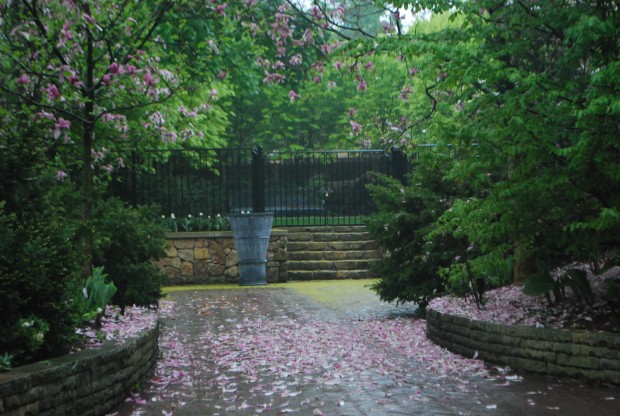







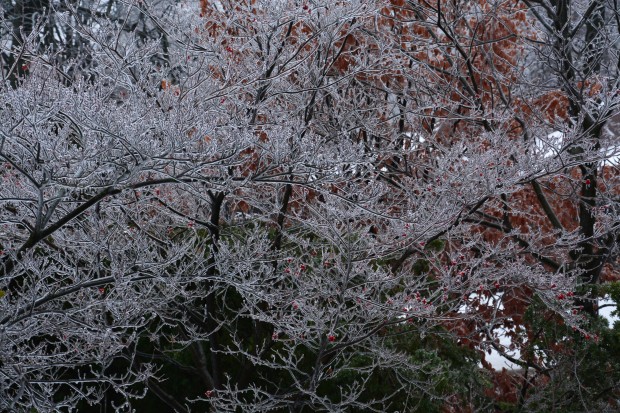


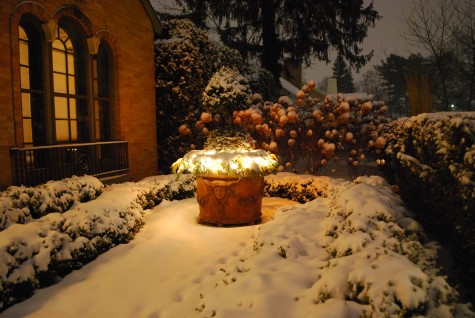


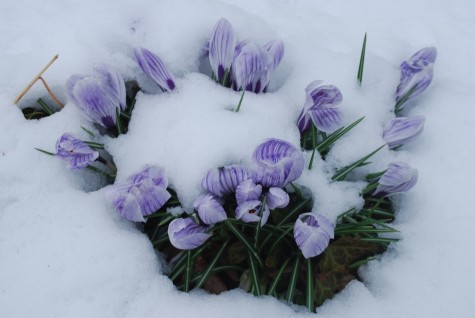 March 2011
March 2011

